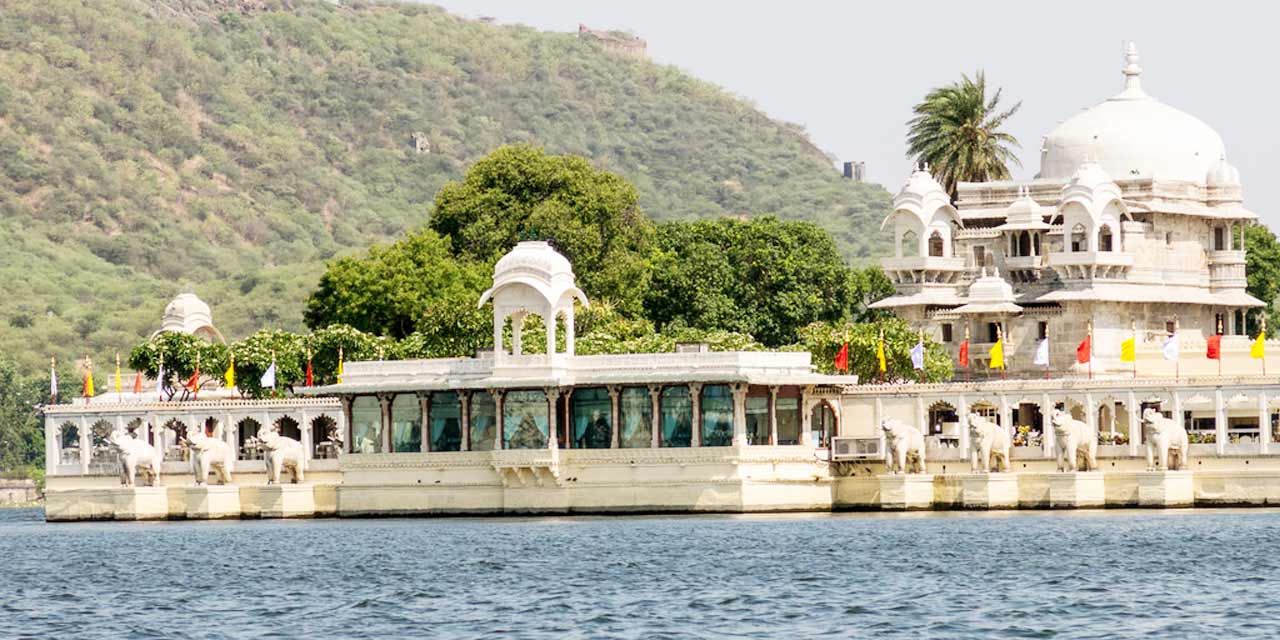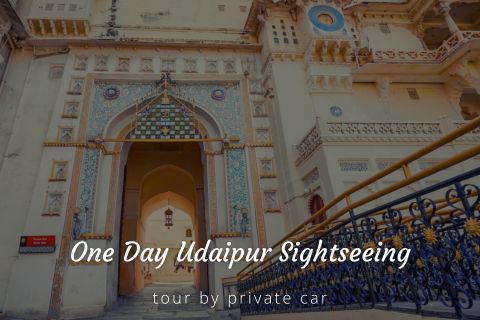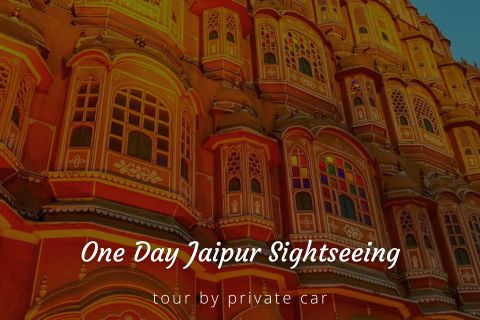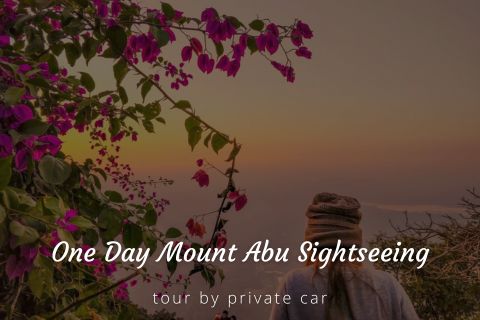
Jagmandir Isla Udaipur Entry Fee
- No Entry Fee
Jagmandir Isla Udaipur Phone
02942 424186
Rating:  | 4/5 stars
| 4/5 stars
Based on total 91 reviews
Jagmandir Isla Udaipur Address: Pichola, Udaipur, Rajasthan, 313001, India
Udaipur Tour Packages
Udaipur Tour PackagesJagmandir Isla Udaipur Timings
| Day | Timing |
|---|---|
| Monday | 10:00 am – 6:00 pm |
| Tuesday | 10:00 am – 6:00 pm |
| Wednesday | 10:00 am – 6:00 pm |
| Thursday | 10:00 am – 6:00 pm |
| Friday | 10:00 am – 6:00 pm |
| Saturday | 10:00 am – 6:00 pm |
| Sunday | 10:00 am – 6:00 pm |
An exquisite palace that looks like a floating marble structure in a lake is a sight to behold as one visits the alluring Lake Pichola. This palace known as Jagmandir or Jag Island Palace is located on the southern side of the lake and occupies the island with the same name known as Jag Island. More commonly known as “Lake Garden Palace”, Jagmandir Isla is an impressive structure that is flocked by tourists in huge numbers.
Jagmandir was constructed over a period of time by three Maharanas of the Sisodia Rajputs of Mewar kingdom. The construction of Jag Mandir was started in 1551 by Maharana Amar Singh and was succeeded by his son Maharana Karan Singh during the period of 1620 to 1628. It was finally completed by Maharana Jagat Singh I during the period of 1628 to 1652, and hence named after him as Jagat Mandir.
Image Gallery of Jagmandir Isla Udaipur
History of Jag Mandir
Jagmandir has an interesting history associated with the Mughal emperor Shahjahan, earlier known as Prince Khurram. In the year 1623, Khurram rebelled against his father Jahangir as he wanted to occupy the throne. Fearing for his safety, Khurram sought refuge in Mewar kingdom of Udaipur which was under the rule of Maharana Karan Singh.
Maharana Karan Singh offered refuge to Khurram as he was born to a Rajput lady. Khurram along with his wife and two sons were initially kept in City Palace. Later they were moved to Gul Mahal in the partially completed Jag Mandir as it was safer due to its location amidst the lake.
The domed pavilion, Gul Mahal remained as a refugee camp for Khurram for many years. It was later enlarged by Maharana Karan Singh’s son Jagat Singh into a magnificent palace and named as Jag Mandir palace. The palace left a huge impact on Khurram who later became Emperor Shah Jahan and went on built the marvellous wonder Taj Mahal.
Maharana Jagat Singh added further new structures to the Jag Mandir complex including Gul Mahal. He was responsible for completing the construction of Jagmandir Isla in the 17th century. In his honour, the palace was named after him.
Jagmandir acted as a refuge palace in one more occasion which was during the revolt of 1857. During the war, Maharana Swaroop Singh offered shelter to a number of European families in this palace.
Structures within Jag Mandir Palace
The three storied palace has many impressive structures within its complex that are sure to leave one spellbound. Some of these are:
1. Gul Mahal
The most attractive structure in the Jagmandir complex is Gul Mahal, the first structure that was built in 1551, during the reign of Maharana Amar Singh. Later, the structure was further developed during the reign of Maharana Jagat Singh to accommodate Prince Khurram who was offered shelter in the Gul Mahal.
Built with yellow sandstone, Gul Mahal is a dome shaped structure with the crescent of Islam fixed on top of it. It has three circular domed chambers stacked over one another. Flanked by circular apartments made of white and black marbles, Gul Mahal is built in Islamic style of architecture. The murals and paintings engraved in the marbles is not a common feature of Rajasthani architecture.
The interiors of Gul Mahal are equally attractive with the walls decorated beautifully with coloured rubies, onyx, jasper, carnelian and jade. Another attraction of Gul Mahal is the courtyard which is adorned with black and white tiles. It also houses a mosque where Prince Khurram used to offer his prayers.
2. Jag Madir
The main palace Jag mandir comprises of the other famous structure Gul Mahal. The octagonal shaped towers in the corners of the palace are topped with cupolas further beautifying the palace. The large reception halls, courts and residential suites inside the palace were built in the Rajput and Mughal style of architecture.
The royal ladies chamber Zenana adjoining the palace and the palace of crown prince known as Kunwar Pada ka Mahal, situated on the western side of the palace are other structures worth admiring.
3. Pavilion at the entry point
As one enters the Jagmandir complex via a jetty from Bhansi Ghat through the sacred Pichola lake, they encounter large statues of white elephants greeting them at the pavilion. Carved in stone, there are four statues on each side of the entry steps, facing the Lake Palace. The trunks of these elephants were damaged, and were later replaced with polystyrene.
4. Garden
Jag Mandir palace has beautiful flower garden in the large Garden Courtyard of the palace complex. Adorned with roses, palm trees, jasmine flowers, frangipani trees, bougainvillea and yew bushes, the garden impresses its visitors with its rich flora.
Covered with black and white tiles, the courtyard also has fountains and water pools and serves as a private party area by the present Maharana as well as others who rent it for special occasions.
5. Darikhana
Situated on the northern side of the palace, Darikhana is an open sided terrace. Now operating as a restaurant, Darikhana offers lip smacking Rajasthani cuisines that pleases the palate of the guests.
6. Bara Patharon ka Mahal
Another attractive structure within Jagmandir complex is the Bara Patharon ka Mahal also known as the “Palace of the Twelve Stones”. This fascinating structure got its name because of the twelve solid marble slabs that were used to build it.
7. Museum
A must visit for historians, museum in the Jag mandir complex displays some of the most important historical parts of Mewar dynasty and its culture.
In Popular culture
Jagmandir was one of the prime locations in the 1983 James Bond film Octopussy.
How to Reach Jag Mandir
Located on one of the two natural islands in Lake Pichola, Jag mandir palace can only be reached via boat ride from Bansi Ghat jetty. There are private boats and cruise rides available from the ghat and take about 30 minutes to 1 hour to reach the palace.
Jagmandir Isla Entry fees and Timings
Jagmandir is open from 10:00 am to 6:00 pm on all days of the week.
The boat ride ticket price to Jag mandir is Rs. 600 per person from City palace. After 3:00 pm, the ticket fee for boat ride is Rs. 800 per person.
Best Time to Visit Jag Mandir palace
October to March is considered as the best time to visit Jag mandir. Summer months should be avoided to escape from the scorching heat during that time.
Udaipur Tourism, a division of Holidays DNA offers Udaipur tour packages to explore the city in a fun filled manner. With our packages, you can visit all the popular sightseeing places of Udaipur with an attractive list of services and facilities. To know more about these packages, reach us by filling the Contact Us form.




